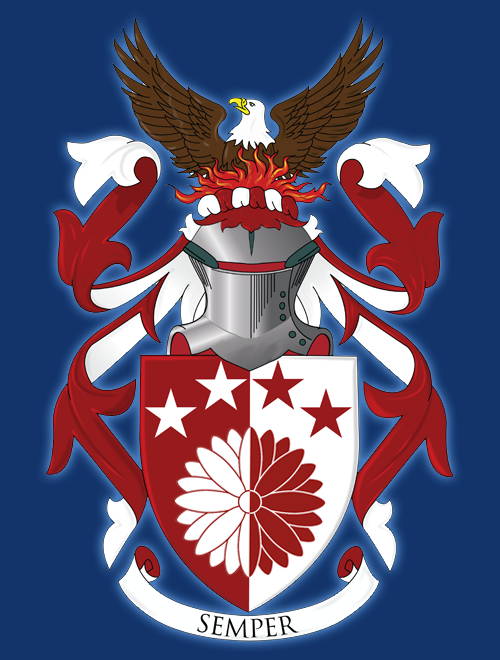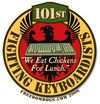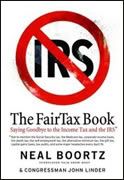It's a bit of a stretch as it's more of a trip through time than a literal trip somewhere. Bear with me as it's an interesting story and deserves to be said, again:
Veteran Recalls Navajo Code Talkers' War in the Pacific
By Cpl. Cullen, USA
Special to American Forces Information Service
FORT HUACHUCA, Ariz. -- America's World War II island-hopping campaign in the Pacific was about to start in 1942, and the U.S. military still didn't have something it desperately needed -- a communications code the Japanese couldn't break.
 Photo caption: Navajo code talkers on Bouganville. John Goodluck is in the bottom row, second from right. (U.S. Marine Corps archive photo)
Photo caption: Navajo code talkers on Bouganville. John Goodluck is in the bottom row, second from right. (U.S. Marine Corps archive photo)Then, Philip Johnston had a revolutionary idea: Use the native language of the Navajo Indians. Johnston, the son of a missionary to the Navajos, was one of the few outsiders who could speak the tribe's tongue fluently. The language is unique to the Navajos and had no written form at that time, so a person who didn't know the oral vocabulary was helpless.
Johnston tried several times to convince the Navy his idea had merit, but failed. It was a call to then-President Franklin D. Roosevelt that finally convinced the Navy to give his idea a shot, said John Goodluck Sr., a Marine Corps Navajo code talker during the war.
For the test, he said, the military set radios 300-400 yards apart and sent coded messages using both Navajo code talkers and regular Morse code machines. "The code talkers deciphered the message in under a minute, the machine took an hour," Goodluck said. After military approval, the Navajo council had to decide whether to
support the idea.
"Everyone on the council was for it except for one. They slept on it for a night and decided to do it -- they said it was good and important to support it," he said. Goodluck and others went to Camp Pendleton, Calif., for Marine Corps basic training and code-talking school and then headed to the Pacific. Eventually, 379 code talkers would serve.
"Some say there were 400, but many failed," Goodluck said. "You had to understand both Navajo and English."
 Photo caption: Navajo code talkers marching in formation at Camp Pendleton, Calif. (U.S. Marine Corps archive photo)
Photo caption: Navajo code talkers marching in formation at Camp Pendleton, Calif. (U.S. Marine Corps archive photo)Code talkers' messages were strings of seemingly unrelated Navajo words. They would translate each word into English, and then decipher the message by using only the first letter of each English word. For example, several Navajo words could be used to represent the letter "a" -- "wol-la-chee" (ant), "be-la-sana" (apple) and "tse-nill" (ax). The code was unbreakable so long as an eavesdropper didn't know the oral vocabulary.
While the Navajos used more than one word to represent letters, about 450 common military terms had no equivalent and were assigned code words. For example, "division" was "ashih-hi" (salt); "America" was "Ne-he-mah" (Our mother); "fighter plane" was "da-he-tih-hi" (hummingbird); "submarine" became "besh-lo"(iron fish); and "tank destroyer" was "chay-da-gahi-nail-tsaidi"(tortoise killer).
Just by speaking their language, the Navajos could easily transmit information on tactics and troop movements, orders and other vital battlefield communications over telephones and radios. "We were always on the radio. We would see a ship or airplane and tell them what we saw," Goodluck said.
Goodluck said he served in the 3rd Marine Division from March 1943 to December 1945 and participated in the invasions of Guadalcanal and Bougainville in the Solomon Islands, Guam and Iwo Jima.
After the war, Goodluck returned to Arizona and worked for the U.S. Public Health Service as a truck driver, ambulance driver and translator for English-speaking physicians on the reservations. "They didn't have doctors or clinics on the reservations when I first started. The nurses had to carry these huge bags and would give the shots to people in the areas we visited," he recalled.
The Department of Defense officially and openly honored its Native American code talkers in 1992. The services enlisted code talkers from many tribes during the war. While their purpose was a kind of open secret then, their contributions were still largely unknown to the public. Now, however, the Navajo code talker exhibit is a regular stop on the Pentagon tour.
(Cpl. Cullen is a staff writer for the Scout newspaper at
Fort Huachuca, Ariz.)
Related Sites of Interest:




No comments:
Post a Comment